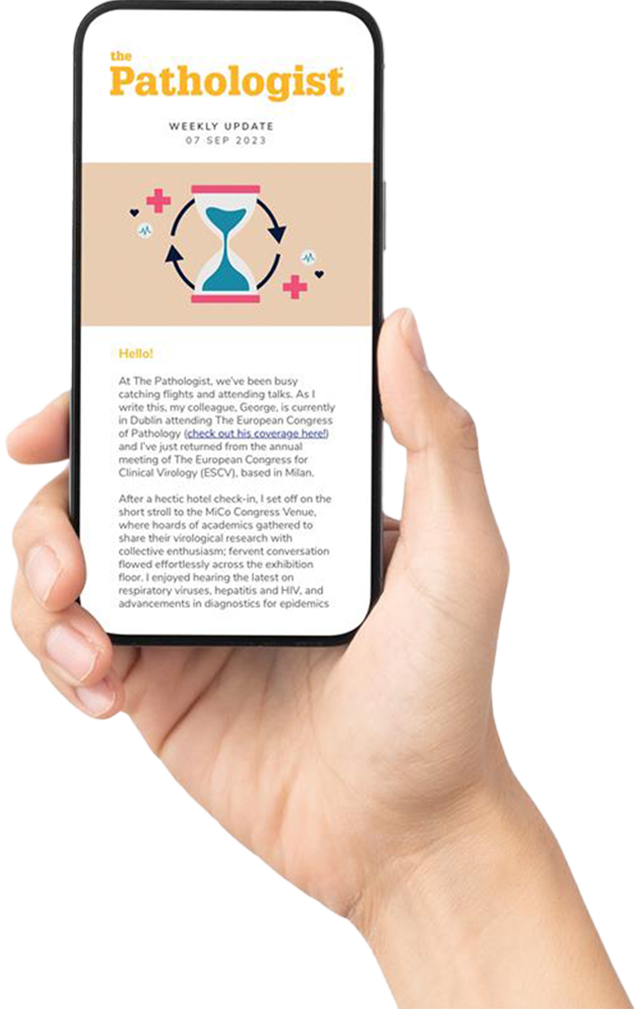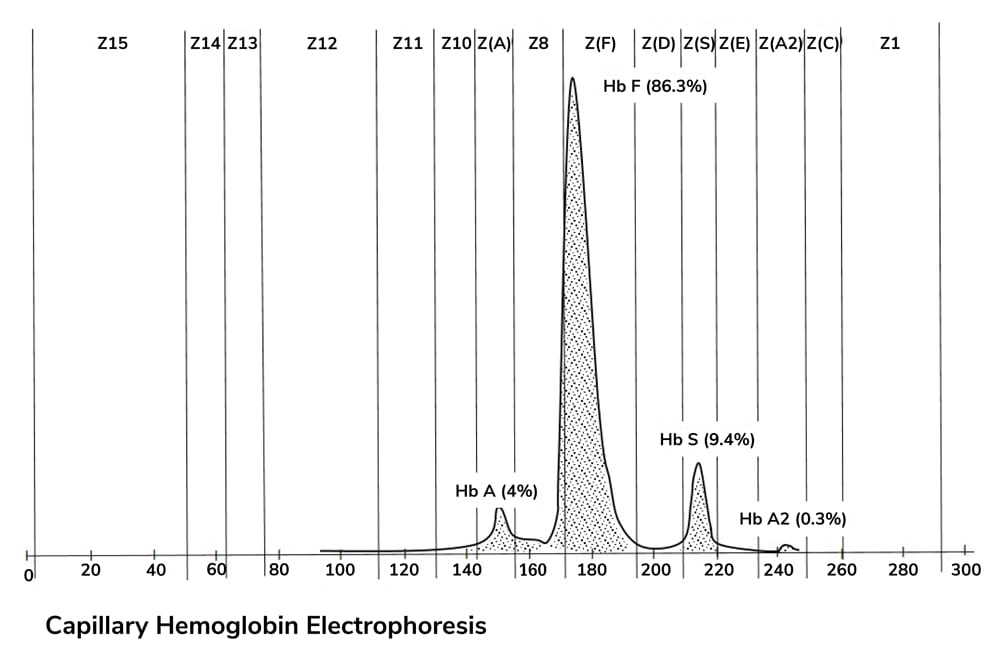Tell me about spatial biology and spatial phenotyping with multiplex immunofluorescence…
Manuel Salto-Tellez: Multiplex immunofluorescence (mIF) is on its way to becoming one of those disruptive technologies that finds a clear, long-term niche in discovery and diagnostics. The definition of complex cellular subtypes and their two- and three-dimensional distribution may serve as the framework to interpret other “omics” approaches and become the ideal scaffolding for so-called “integromics.”
Katharina von Loga: Spatial biology is the influence of the environment (e.g., tissues) on cells, and spatial phenotyping adds the information on the distinctive characteristics of cells of interest.
Tom Lund: In the context of clinical spatial biology, it is the intersection between pathology and artificial intelligence, in which we provide the tools that go beyond the remit of a standard pathology assessment.

Why is spatial phenotyping of tissue samples with spatial context particularly advantageous?
MST: Multiplexing and spatial phenotyping generate unprecedented complexity in tissue-based biomarker expression and cellular arrangement. Managing this complexity with quantitative digital pathology and artificial intelligence tools brings a new dimension to our understanding of the nature of diseases
Defining and quantifying spatial distribution is bringing a new dimension to systems biology, too. In parallel, the quantification of expression (and coexpression) of multiple biomarkers at a cellular level facilitated by mIF opens a totally new avenue in identifying predictive tests in oncology.
KVL: Since the introduction of molecular methods in routine diagnostics, pathology has undergone major development. We now have a much better understanding of tumor characteristics beyond morphology – and various new therapeutic options have developed out of it. But what gets lost in the mashup of a sample for DNA or RNA analysis is the spatial context. It is of interest if gene expression highlights a specific immune response but, if these cells are far away from the cancer, it is likely to be unrelated to the cancer. Spatial context is essential for the assessment of the tumor microenvironment and cellular diversity of a sample.
TL: Another advantage is the maximization of data from the least amount of tissue. Spatial phenotyping with spatial context means we have exponentially more possibilities in the data and can define very complex phenotypes – generating more data than we normally could.

How critical is spatial biology to better understanding disease and personalized medicine?
MST: I believe it is fundamental for both. Take, for instance, the work of my colleague, Yinyin Yuan, in the context of the TRACERx lung adenocarcinoma study. Cancer subclones with specific immune activity are not only providing a key binary taxonomy, but are also indicative of risk of relapse. This type of study epitomizes the unquestionable biological and clinical value of this approach.
KVL: To me, spatial biology is the missing link between genomic/transcriptomic and traditional histomorphological assessment. Here, we find answers as to how cancer cells or specific molecular phenotypes communicate with their microenvironments. This understanding will point the way to new predictive biomarkers and open up new treatment routes.

How will spatial phenotyping help address big data challenges in biomarker research?
TL: Currently, we are in an ongoing battle with sequencing – studies that want to take the blocks and sequence them for target DNA. Where we once had an unlimited resource that was protected, it is no longer unlimited and every section is becoming more and more valuable. In future, people who are undertaking spatial phenotyping will start to unlock more data, require less tissue, and open up the availability of data banks and biobanks for more research.
Manuel Salto-Tellez is Director, Integrative Pathology Unit, Royal Marsden Hospital and Institute of Cancer Research, Sutton, Surrey, UK.
Katharina von Loga is Co-Director, Integrative Pathology Unit, Royal Marsden Hospital and Institute of Cancer Research, Sutton, Surrey, UK.
Tom Lund is Scientific Lead, Integrative Pathology Unit, Royal Marsden Hospital and Institute of Cancer Research, Sutton, Surrey, UK.
References
- V Pulsawatdi et al., Mol Oncol, 14, 2384 (2020). PMID: 2671911.




